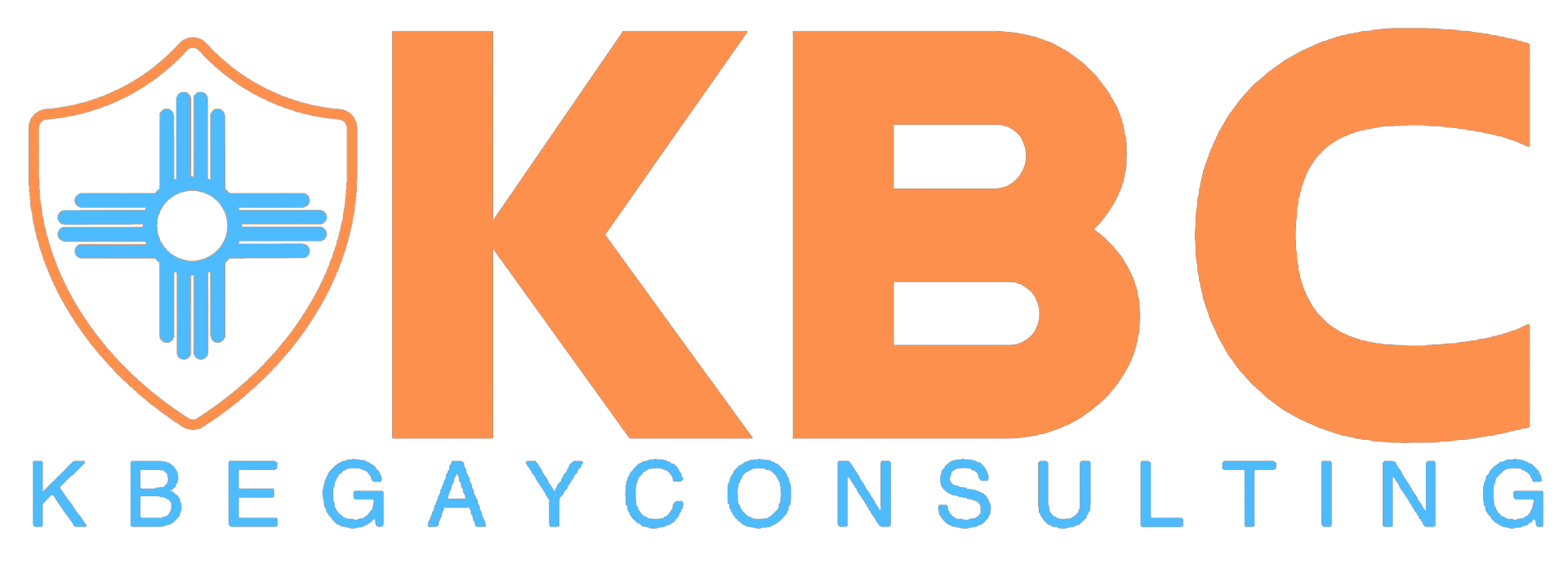Health insurance is a legal entitlement to payment or reimbursement for your health care costs, generally under a contract with a health insurance company. Health insurance provides important financial protection in case you have an accident or sickness. For example, health insurance may help to pay for doctors’ services, medications, hospital care, and special equipment when someone is sick or injured, often in exchange for a monthly premium. It may help cover a stay at a rehabilitation hospital or even a portion of home health care. Health insurance can also keep a consumer’s costs down when they are not sick. For example, it can help pay for routine check-ups. Most health insurance also covers many preventive services at no cost, such as immunizations cancer screening, and counseling.
What is a Health Insurance Plan (also called a health plan or policy)?
A health insurance plan includes a package of covered healthcare items and services and sets how much it will pay for those items and services. In other words, a health plan will describe the types of health care items and services it will cover (help pay for), how much it will pay for those items and services (or groups of items and services), and for how long. Plans are often designed to last for a year at a time (known as a “plan year” or “policy year”). A health plan may be a benefit that an employer, union, or other group sponsor provides to employees or members to pay for their health care services.
What are Some Types of Health Care Coverage?
Healthcare coverage is often grouped into two general categories: private and public. The majority of people in the U.S. have private insurance, which they receive through their employer (which may include nongovernment employers or government employers at the federal, state, or local level), buy directly from an insurance company, or buy through a Health Insurance Marketplace®.1 Some people have public health care coverage through government programs such as Medicare, Medicaid, or the Veteran’s Health Administration. Healthcare coverage can also be categorized by the scope of benefits it offers or how long the coverage lasts. Health insurance often includes a wide range of covered services, including emergency and nonemergency services as well as mental health benefits. Some people have very limited insurance plans, such as plans with benefits for only specific conditions or diseases (included in the list of “excepted benefits” under the Affordable Care Act, such as vision-only plans or cancer plans).
1 Health Insurance Marketplace® is a registered service mark of the U.S. Department of Health & Human Services.
Does a Health Plan Typically Pay for Services from Any Doctor?
Not always. Some types of plans encourage or require consumers to get care from a specific set of doctors, hospitals, pharmacies, and other medical service providers who have entered into contracts with the plan to provide items and services at a negotiated rate. The providers in this designated set or network of providers are called “in-network” providers.
In-Network Provider: A provider who has a contract with a plan to provide health care items and services at a negotiated (or discounted) rate to consumers enrolled in the plan. Consumers will generally pay less if they see a provider in the network. These providers may also be called “preferred providers” or “participating providers.”
Out-of-Network Provider: A provider who doesn’t have a contract with a plan to provide health care items and services. If a plan covers out-of-network services, the consumer usually pays more to see an out-of-network provider than an in-network provider. If a plan does not cover out-of-network services, then the consumer may, in most non-emergency instances, be responsible for paying the full amount charged by the out-of-network provider. Out-of-network providers may also be called “non-preferred” or “non-participating” providers.
Some examples of plan types that use provider networks include the following:
Health Maintenance Organization (HMO): A type of health insurance plan that usually limits coverage to care from doctors who work for or contract with the HMO. It generally won’t cover out-of-network care except in an emergency, when a prior authorization to obtain care outside the network has been approved, or as otherwise required by law. An HMO may require a consumer to live or work in its service area to be eligible for coverage. HMOs often provide integrated care and focus on prevention and wellness. An HMO may require enrollees to obtain a referral from a primary care doctor to access other specialists.
Exclusive Provider Organization (EPO): A type of health plan where services are generally covered only if the consumer uses in-network doctors, specialists, or hospitals (except in an emergency). In general, EPOs do not require a referral from a primary care doctor to see other specialists, and in general, there is very limited, if any, out-of-network coverage.
Point of Service (POS): A type of plan where a consumer pays less if they use in-network doctors, hospitals, and other health care providers. POS plans may require consumers to get a referral from their primary care doctor in order to see a specialist.
Preferred Provider Organization (PPO): A type of health plan where consumers pay less if they use in-network providers. They can use out-of-network doctors, hospitals, and providers without a referral for an additional cost.
*Information provided here was produced and made available through the Centers for Medicare & Medicaid Services. Please visit www.CMS.gov for more information.

